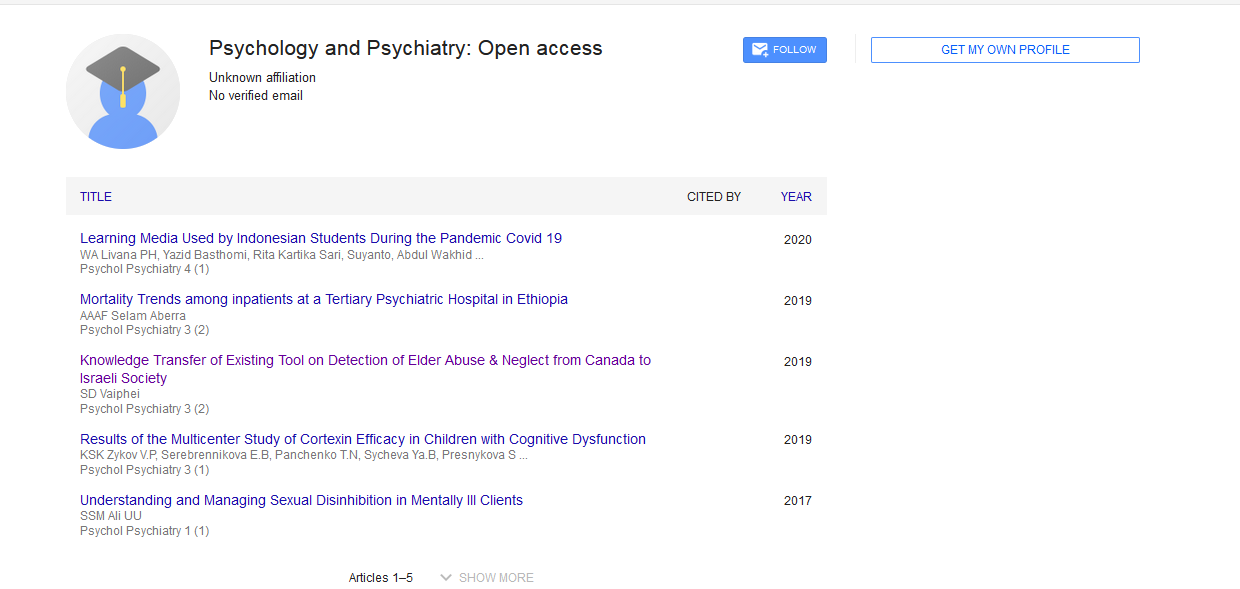Utilisation Of Hospital Emergency Departments As Suicide Prevention Sites: A Study Of Gaps In Suicide Assessment
*Corresponding Author:
Copyright: © 2020 . This is an open-access article distributed under the terms of the Creative Commons Attribution License, which permits unrestricted use, distribution, and reproduction in any medium, provided the original author and source are credited.
Abstract
BACKGROUND: Emergency Departments are underutilized settings for suicide prevention and management as patients with occult (camouflaged) suicides and suicidal ideation are rarely screened by nurses and other health workers in these sites. A majority of people who eventually complete suicide (up to one in every five and in other studies up to 83%) have been in contact with a health care professional prior to this occurrence. The aim of the study was to examine the current state of suicide assessment and management care at the Emergency Department, as well as, find out the perceived self-efficacy in suicide risk assessment, management and referral among nurses working in an emergency department within a lower income country. METHOD: The mixed methods descriptive study was conducted using key informant interviews with Accident and Emergency and Mental Health staff at Nairobi’s Kenyatta National Hospital. We interviewed eight key informants using a semi structured interview guide. Using NVivo Pro 11 software, themes and subthemes were derived. The Risk Assessment and Management Self-Efficacy Scale (RAMSES) was also administered among nurses in an emergency department (ED). The risk assessment, management and referral domains among 64 respondents were evaluated using mean and standard deviation calculations in SPSS v 21. RESULTS: The key themes derived from eight key informants’ responses included lack of patient suicide assessment, absence of holistic patient management as well as absence of existing protocol and care gaps and further recommendations. Six out of eight respondents shared that there were no assessment protocols. Psychological management was essentially an ex-post facto issue. The nurses had the least confidence in developing a written risk management plan 5.68 (SD 2.51) as well as using screening instruments to assess risk 5.90 (SD 2.15). FINDINGS: Our analyses led us to the conclusion that there were significant gaps in suicide assessment and management..

 Spanish
Spanish  Chinese
Chinese  Russian
Russian  German
German  French
French  Japanese
Japanese  Portuguese
Portuguese  Hindi
Hindi 